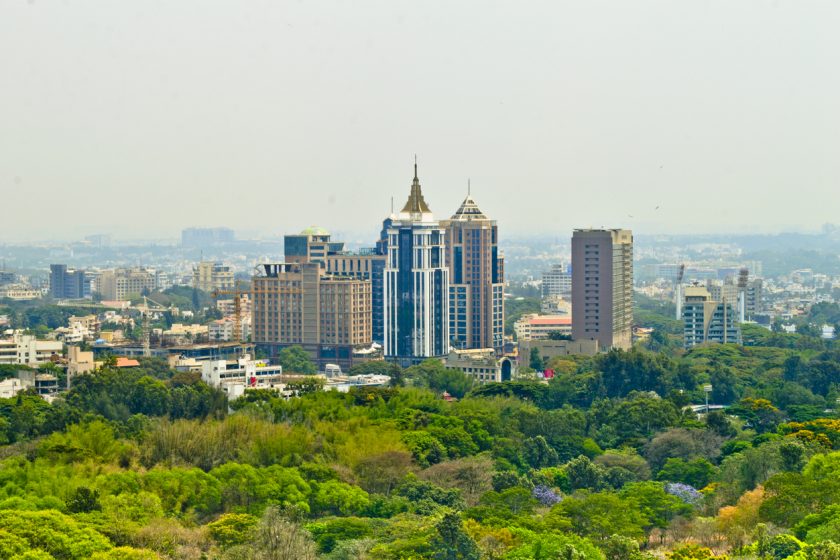With the decision to reduce the stamp duty rate from 5% to 3% for properties priced below Rs 45 Lakh, Karnataka joins the bandwagon of states which acknowledges that this is by far the single-biggest housing demand booster. A reduction in the stamp duty rate is likely to bring down the transaction cost for homebuyers and boost affordable housing sales in the state.
Stamp duty is a charge payable on the sale agreement, on or before the date of registration of the agreement.
Understanding the impact
The state government had also slashed the stamp duty rates last year for apartments costing up to Rs 35 Lakh. For properties costing less than Rs 20 Lakh, the 5% rate was reduced to 2%, while for properties costing between Rs 21-35 Lakh, the rate was reduced to 3%. While it did improve the sales velocity to some extent, the impact was not substantial as seen in Maharashtra. This year, the cap is increased to Rs 45 Lakh.
The reduction in stamp duty, coupled with low interest rates, is expected to boost consumer sentiment as there is good demand for affordable properties. According to RoofandFloor research, about 21% of home seekers are looking to buy properties priced below Rs 50 Lakh in Bangalore. Considering the demand, the unsold inventory should reduce in the coming quarters.
“We are optimistic that this decision will encourage new homebuyers to enter the market and fulfil their desire for homeownership. It is a significant stimulus for the affordable housing segment and will act as a catalyst for new projects and increased demand in the sector,” said Ashish R. Puravankara, Managing Director, Puravankara Limited.
Additionally, the reduction in stamp duty would primarily help homebuyers in tier II and tier III cities, where property values are comparatively lower. These include Mysore, Belgaum, Mangalore, Hubli, Belagavi, among others.
However, some experts feel that the stamp duty cut should have been across budget segments for better results.
Explaining the same, Anuj Puri, Chairman – ANAROCK Property Consultants said, “While the move is definitely welcome, it is not likely to give a significant boost to housing sales in Bangalore similar to what was seen in Maharashtra. The fact is that housing demand in Bangalore is largely skewed towards the mid-segment – properties priced within Rs 50 lakh to Rs 1 Crore. For these properties, the stamp duty charges, unfortunately, remain unchanged at around 5%.”
So, how much will a buyer potentially save?
Let’s assume that a flat measuring 800 sq.ft. costs about Rs 5,000 per sq.ft. To this, we have to add parking charges, registration charges, and stamp duty. So, we have:
- Base price: Rs 5,000 per sq.ft.
- Parking charges: Rs 2 Lakh
- Total saleable value: Rs 42,00,000 (800*5,000+2,00,000= 42,00,000)
- Registration charges: 1% of Rs 42,00,000, which is Rs 42,000)
- Stamp duty: 5% of Rs 42,00,000, which is Rs 2,10,000
Now, if the stamp duty is reduced to 3%, stamp duty charges will come down from Rs 2,10,000 to Rs 1,26,000 saving Rs 84,000.
How Maharashtra benefited
The stamp duty cut in Maharashtra significantly helped in clearing the unsold inventory. Despite rising Covid -19 cases during the second wave, the state emerged as one of the most buoyant residential markets in Q1 2021. In the quarter ending March 2021, Mumbai recorded about 18,000 property registrations on account of stamp duty reduction.
“In Maharashtra, the stamp duty cut made a massive positive difference to sales while it lasted. West Bengal recently followed suit with a 2% stamp duty cut coupled with a 10% reduction in circle rates, which will work wonders for Kolkata’s housing market,” concluded Anuj.





